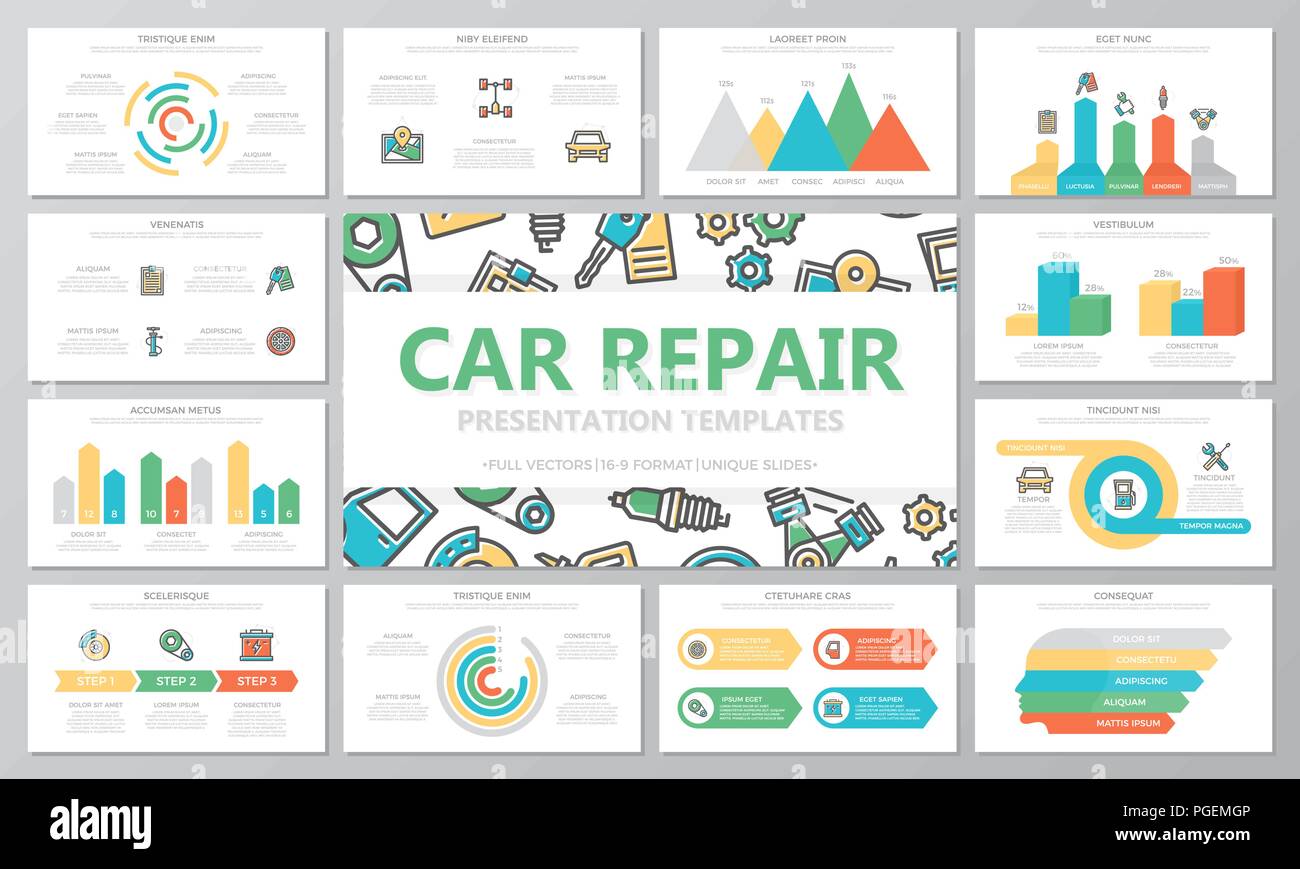Comprehending Your Automobile'S Caution Lighting: What Do They Really Mean?
Comprehending Your Automobile'S Caution Lighting: What Do They Really Mean?
Blog Article
Post Author-Vinson Winters
When you lag the wheel, those glowing caution lights on your control panel can be a bit puzzling. Do you know what they're trying to inform you concerning your cars and truck's health and wellness? Comprehending the significance of these lights is crucial for your security and the long life of your automobile. So, the next time among those lights turns up, would not you want to analyze its message precisely and take the essential steps to resolve it?
Common Warning Lighting and Interpretations
Recognize common warning lights in your automobile and recognize their meanings to make sure risk-free driving.
The most regular caution lights consist of the check engine light, which signifies concerns with the engine or discharges system. If this light begins, it's essential to have your car examined quickly.
The oil pressure warning light shows low oil stress, needing prompt interest to avoid engine damage.
A blinking battery light might suggest a damaged billing system, potentially leaving you stranded if not resolved.
The tire pressure monitoring system (TPMS) light notifies you to low tire pressure, affecting car security and fuel performance. Ignoring this could bring about hazardous driving conditions.
The ABS light indicates an issue with the anti-lock stopping system, compromising your capacity to stop rapidly in emergency situations.
Lastly, the coolant temperature level warning light warns of engine overheating, which can result in extreme damages if not resolved promptly.
Recognizing these usual warning lights will certainly assist you deal with concerns without delay and maintain safe driving conditions.
Significance of Prompt Attention
Comprehending the usual warning lights in your cars and truck is only the primary step; the value of quickly attending to these warnings can not be emphasized sufficient to guarantee your safety when traveling.
When a caution light brightens on your dashboard, it's your vehicle's way of communicating a potential problem that requires attention. Overlooking these warnings can lead to extra severe issues later on, compromising your security and potentially costing you extra out of commission.
Trigger interest to alerting lights can avoid malfunctions and crashes. As an example, a flashing check engine light can suggest a misfire that, if left ignored, could trigger damages to the catalytic converter. Resolving this without delay can save you from an expensive repair work.
In a similar way, a brake system cautioning light may signify low brake fluid or used brake pads, important components for your safety and security when driving.
Do It Yourself Troubleshooting Tips
If you discover a warning light on your control panel, there are a few DIY repairing suggestions you can try prior to seeking professional assistance.
The initial step is to consult your car's manual to comprehend what the details caution light suggests. In some cases the issue can be as simple as a loose gas cap triggering the check engine light. Tightening https://oilchange94062.newsbloger.com/32695138/exactly-how-mobile-vehicle-describing-providers-can-conserve-you-time-and-money may deal with the problem.
One more typical concern is a low battery, which can activate various advising lights. Checking the battery links for rust and ensuring they're safe could fix the trouble.
If a warning light continues, you can try resetting it by separating the vehicle's battery for a few minutes and after that reconnecting it. Additionally, examining your automobile's fluid degrees, such as oil, coolant, and brake liquid, can help repair cautioning lights associated with these systems.
Recommended Web site
To conclude, recognizing your automobile's caution lights is essential for keeping your vehicle running smoothly and securely. By quickly addressing https://www.blackstarnews.com/ny-watch/business/woman-owned-auto-repair-shop-specializes-services-for-women.html and knowing what they suggest, you can prevent costly repairs and possible malfunctions.
Remember to consult your automobile's guidebook for specific details on each warning light and act as necessary to ensure a hassle-free driving experience.
Remain informed, remain secure when traveling!
